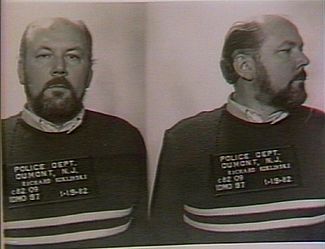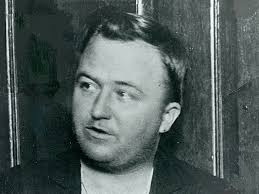The Sweet Connection: How Doughnuts Became a Cop Tradition?
Doughnuts and police officers have shared a quirky and enduring bond that stretches back over decades. The seemingly odd pairing of cops and doughnuts has become a familiar trope, but the story behind it is both fascinating and significant. This article delves into the origins, cultural impact, and evolution of this sweet tradition.
Historical Roots of Doughnuts in America
Doughnuts, often celebrated for their delightful sweetness and variety, have a rich history in American culture. Their origins in the United States trace back to the 19th century, with various theories about their exact beginnings. The traditional doughnut was brought to America by Dutch settlers, who made “olykoeks,” or oily cakes, which eventually evolved into the doughnuts we recognize today.
The Evolution of Doughnuts
- Early Recipes: The first doughnut recipes appeared in American cookbooks in the mid-1800s. These early versions were often fried in lard and lacked the familiar hole in the center.
- The Hole in the Middle: The classic ring-shaped doughnut is attributed to Hanson Gregory, who claimed to have invented it in 1847. Gregory was a ship captain who reportedly used the ship’s steering wheel to cut the center of the doughnuts, allowing for more even cooking.
The doughnut’s popularity surged in the early 20th century, partly due to the rise of doughnut shops and chains, which made these treats more accessible to the general public.
The Emergence of Doughnuts as a Cop Favorite
The association between doughnuts and police officers seems to have solidified in the mid-20th century. Several theories attempt to explain why doughnuts became a staple in police culture:
Theory 1: Late-Night Shifts and 24/7 Availability
- Late-Night Hours: Police officers often work long, irregular hours, including late-night shifts. During these times, doughnut shops were among the few businesses open 24/7, making them a convenient stop for officers on their rounds.
- Quick Snack: Doughnuts, being easily portable and satisfying, provided a quick snack option during breaks.
Theory 2: Social Tradition and Community Bonding
- Community Connection: Doughnut shops became informal meeting places where police officers could engage with the community. This social interaction helped build trust and rapport between officers and local residents.
- Local Patronage: By frequenting local doughnut shops, police officers supported small businesses, which further strengthened community ties.
Doughnuts and Law Enforcement in Popular Media

The portrayal of doughnuts and police officers in media has reinforced and perpetuated this connection. From sitcoms to crime dramas, the image of cops enjoying doughnuts has become a cultural cliché.
Examples in Media
- Movies and TV Shows: Shows like “Barney Miller” and “The Simpsons” have famously depicted police officers with doughnuts, often as a humorous exaggeration of the stereotype.
- Advertising: Doughnut chains have leveraged this stereotype in their marketing campaigns, featuring police officers in ads to attract customers.
Doughnuts as a Symbol of Community Policing
Beyond their representation in media, doughnuts play a role in fostering positive community relations. Police departments across the country use doughnut events to engage with the public and build trust.
Case Studies
- National Doughnut Day: Some police departments participate in National Doughnut Day celebrations, using the occasion to interact with community members in a friendly setting.
- Community Events: Events like “Cops and Donuts” fundraisers help raise money for local causes while strengthening the bond between police officers and the community.
Modern-Day Practices and Changes
While the tradition of cops and doughnuts continues, modern practices reflect changes in both policing and societal norms.
Current Trends
- Health Consciousness: With growing awareness of health and nutrition, some police departments are moving away from traditional doughnuts in favor of healthier snack options.
- Technology and Social Media: Social media platforms now serve as a way for police departments to engage with the public, sometimes replacing the need for physical gatherings at doughnut shops.
The Future of the Cops and Doughnuts Tradition
Looking ahead, the tradition of cops and doughnuts may evolve in response to changing social dynamics and technological advancements.
Impact of Technology
- Digital Interaction: Increased use of digital communication might reduce the frequency of in-person interactions at doughnut shops but could introduce new forms of community engagement online.
- Changing Preferences: As tastes and health considerations shift, the role of doughnuts in police culture might diminish or transform, but the underlying tradition of community connection will likely persist.
Meta Description: Discover the intriguing history behind the association of cops and doughnuts. Explore the origins, cultural impact, and future of this unique tradition.
References
- History Defined: What is the Historical Link Between Cops and Doughnuts? https://www.historydefined.net/






